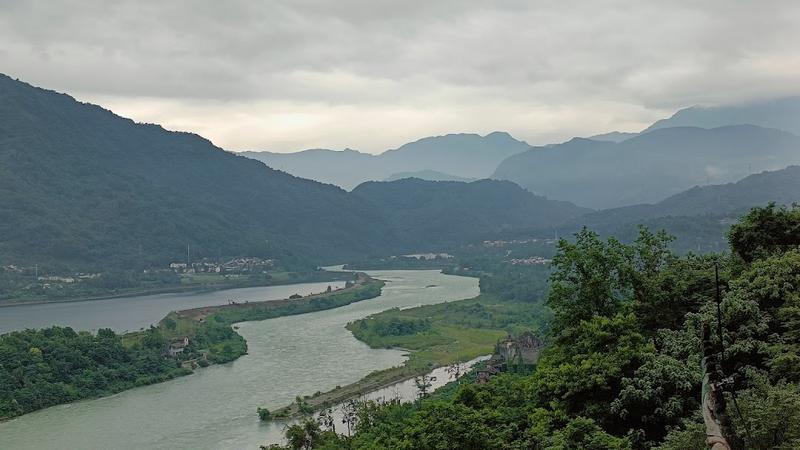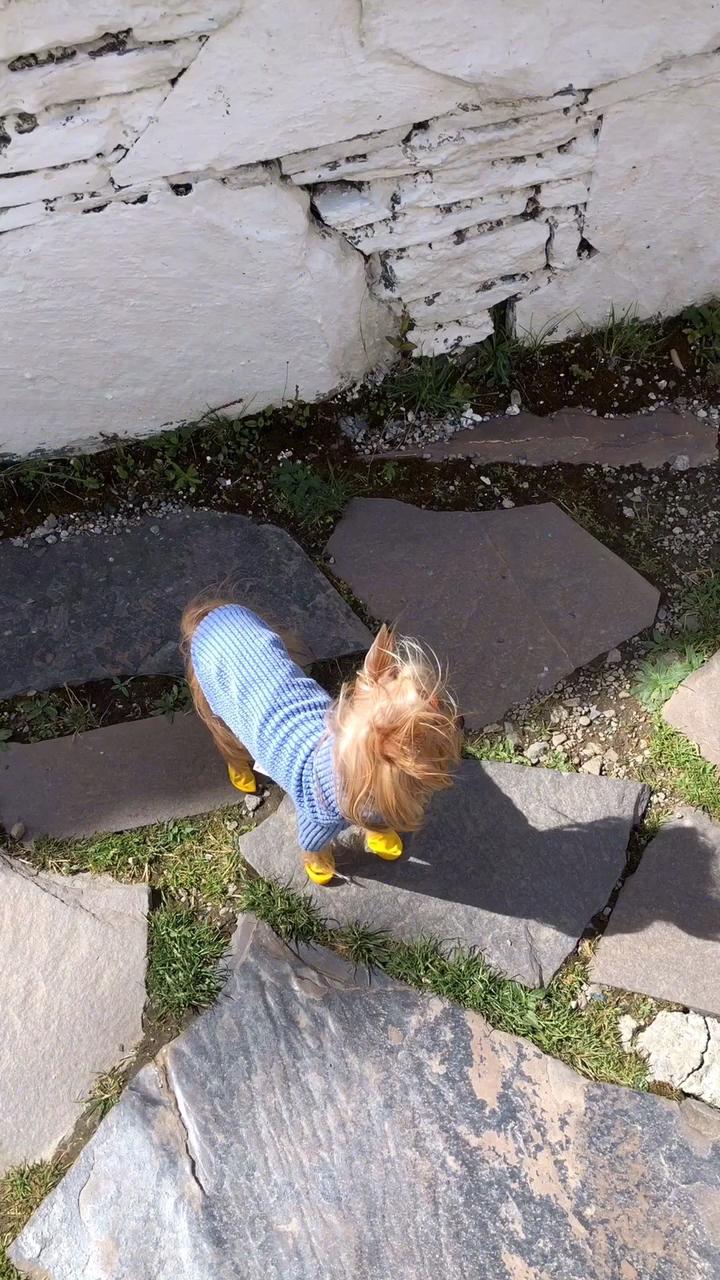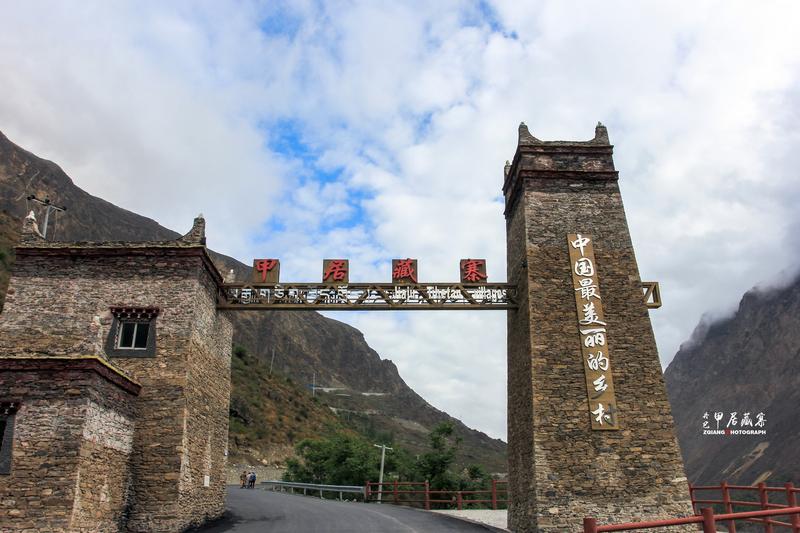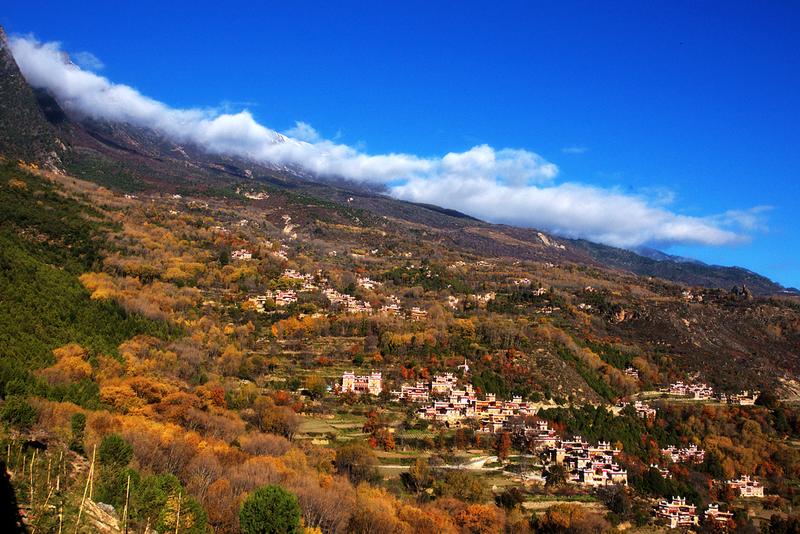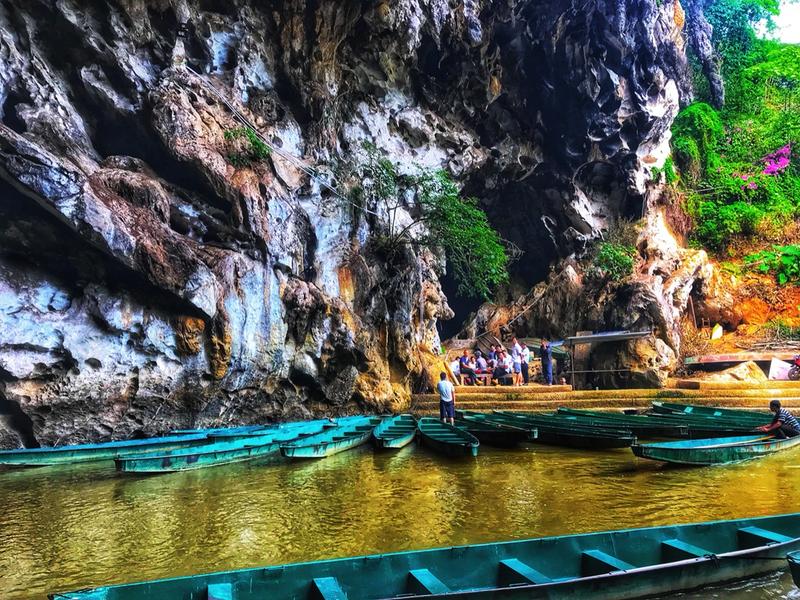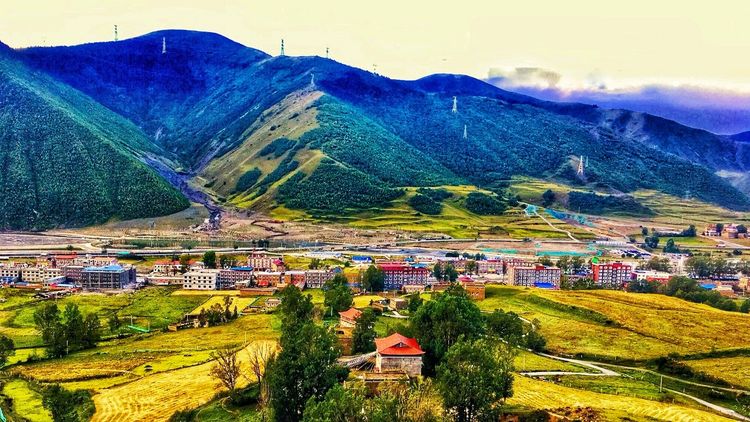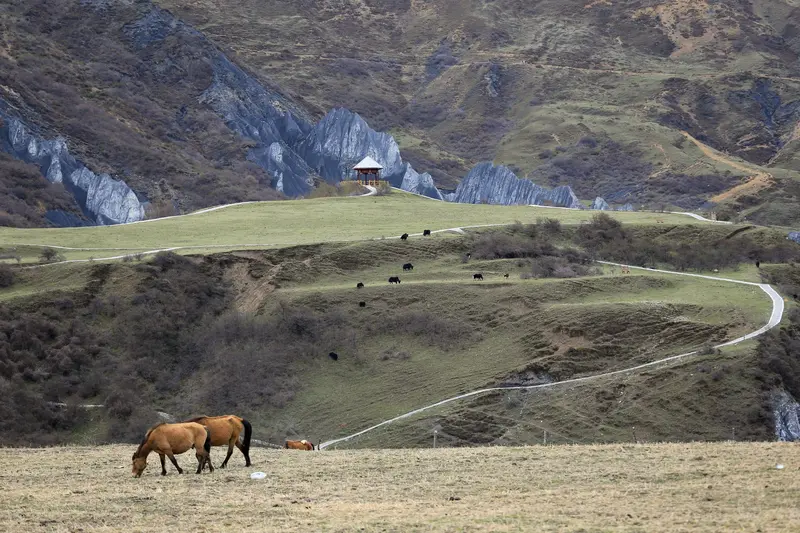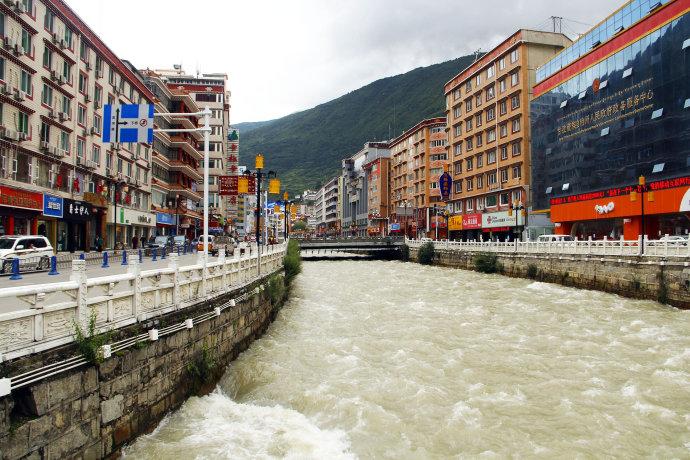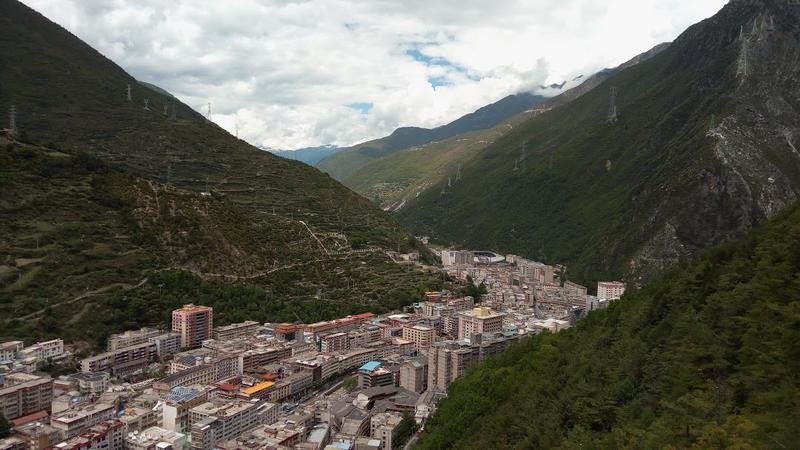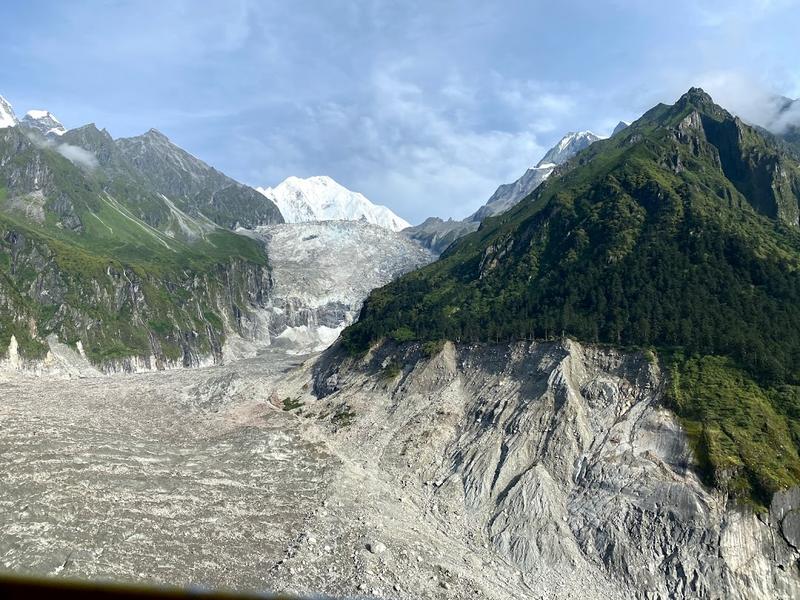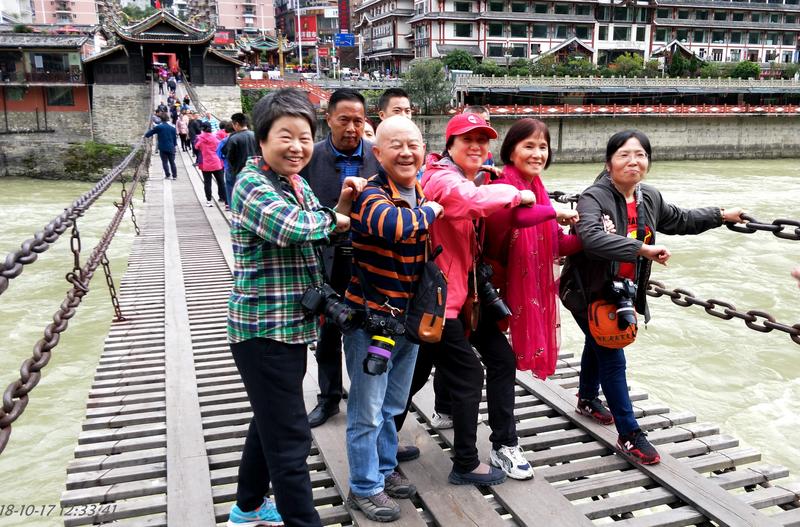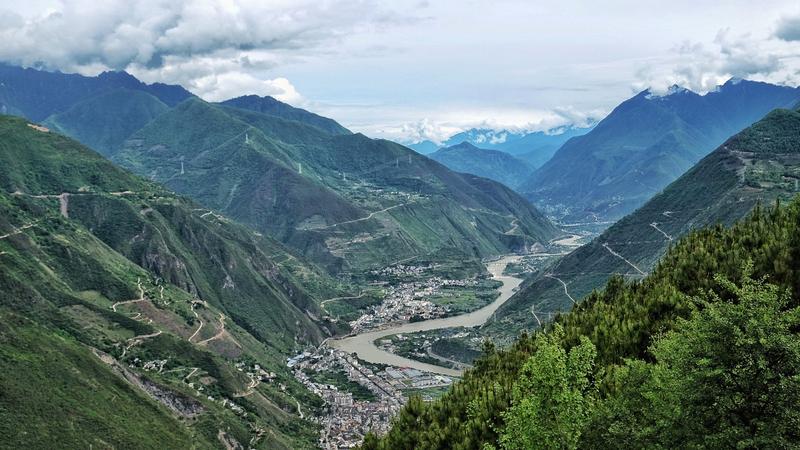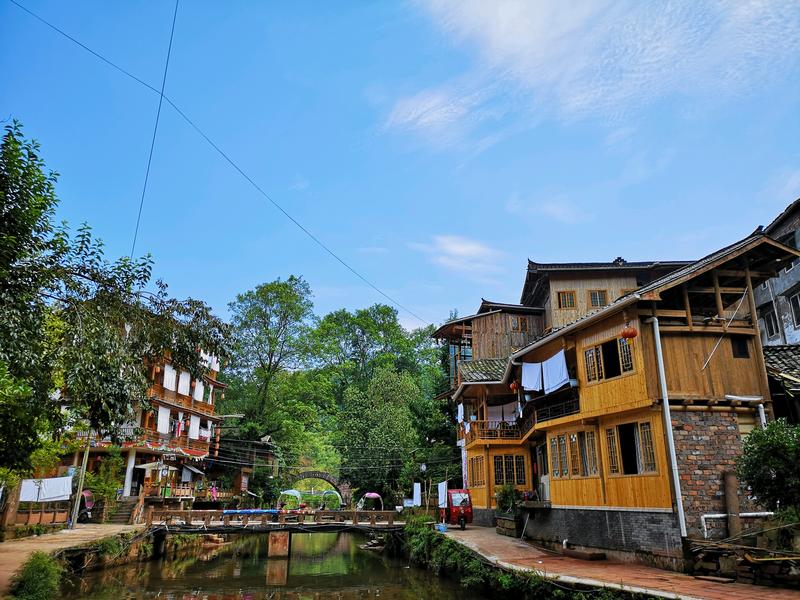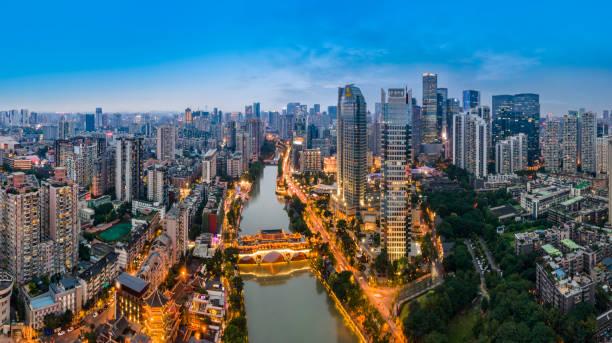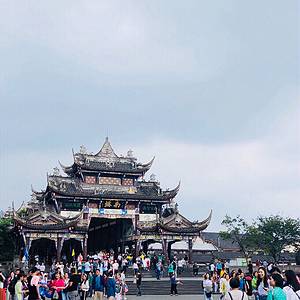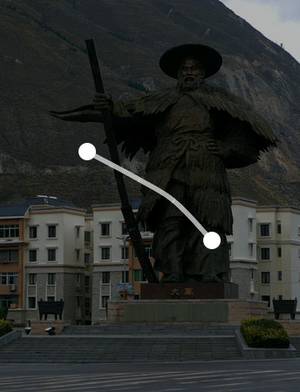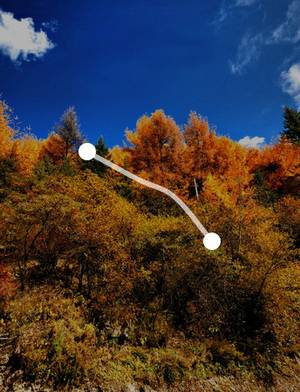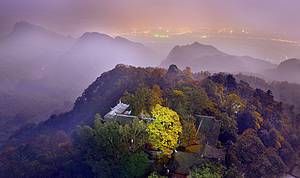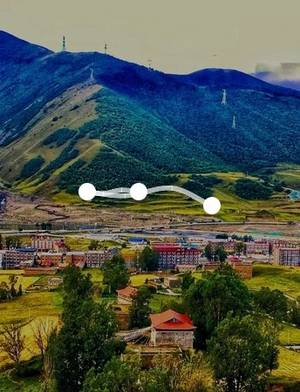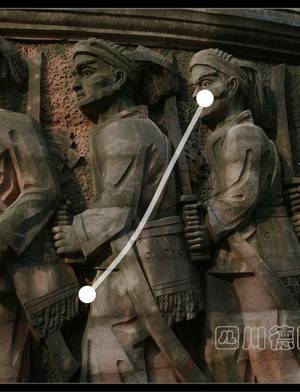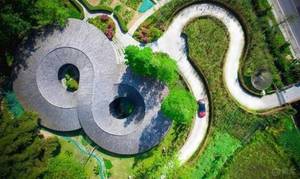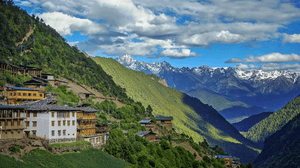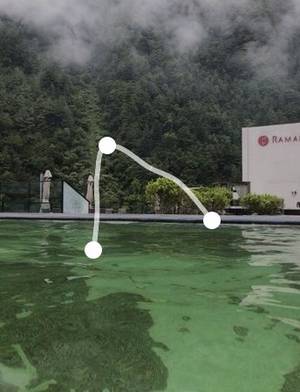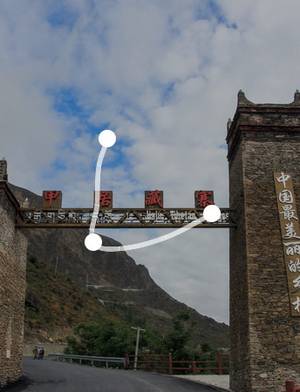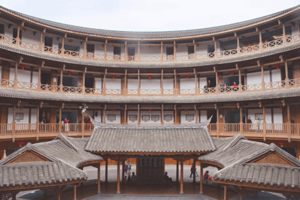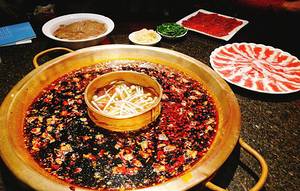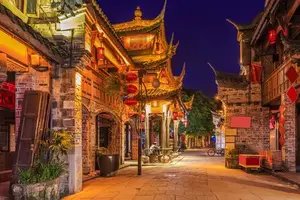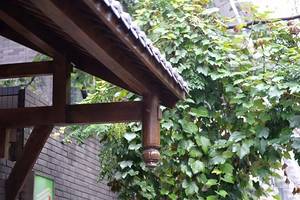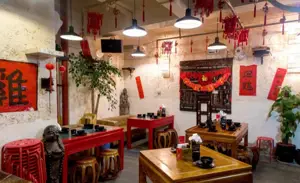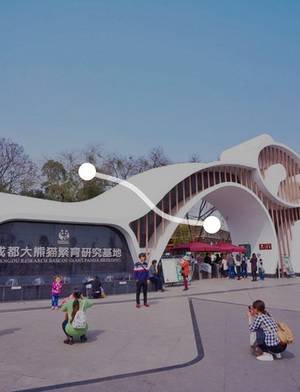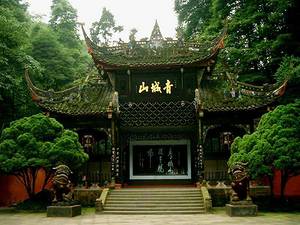Western Sichuan 15 Days Self-Driving: Snowy Mountain Tibetan Village and Ancient Town Journey
7 cities |
17 attraction(s) |
total distance 7604
km
 TIPS
TIPS
Day1
Day2
Day3
Day4
Day5
Day6
Day1: Chengdu > Aba
3 attraction(s) ·
20 km
1
This grand hydraulic engineering project is the longest and only existing one in global history, characterized by not needing dam diversion. It is mainly composed of three parts: a diversion dam, an overflow channel, and an intake. It has always played a role in flood control and irrigation. The area near Dujiangyan is picturesque, with many cultural relics, such as Fulongguan, Erwang Temple, Anlan Suspension Bridge, Yulei Pass, and Lidui Park, etc.
1
km
2
Network of dams & levees for irrigation built circa 250 B.C. & still in use today.
20
km
Day2: Aba > Garze
2 attraction(s) ·
149 km
2
Represented by the Jiaju Tibetan Village, Danba is one of the most beautiful among the six famous ancient villages in China. The framework and eaves of the houses in the village are both in red, while the walls are painted in white or other colors, embellished with spectacular religious patterns such as sun, moon, stars and constellations. Before the Chinese New Year every year, the hosts follow the traditional customs and carefully dye the walls of their houses with local white mud as the main material. The best way to enjoy the village is to experience the hospitality of the Tibetans, taste their butter tea and highland barley, while appreciating the beautiful countryside views, including green wheat seedlings, yellow canola flowers, and white pear blossoms, resembling a journey into a sea of flowers.
Day3: Garze > Wenshan > Wuxi
5 attraction(s) ·
4997 km
2
The place where the Zhuang people live is called "Bamei," which is a transliteration of the Zhuang language. This name means "the entrance of the forest" and resembles a real-life utopia. To enter this village, one must take a small boat through a 1 kilometer-long cave, which is a secluded place far away from the outside world. The scenery here is incredibly beautiful and deeply immersed in the atmosphere of national culture. The sunrise every day is also a popular spot for photography enthusiasts. Such a magnificent and memorable view is definitely worth a visit.
726
km
3
The Xindu Bridge is located on a plateau at an altitude of about 3,300 meters. Although there are no particularly unique attractions, the 10-kilometer stretch along its route is known as the "photographer's corridor." It is located at the intersection of the north-south lines of National Highway 318, with rolling mountains and scattered Tibetan villages, and offers stunning views of the western Sichuan region. There are typical Tibetan houses here that are spacious and bright, with white walls, vermilion doors, and patterns depicting the sun, moon, or triangles in colors such as red, black, and white, symbolizing prosperity and a bountiful harvest. As the scenery here is distributed along the way, it is recommended to choose a car rental for a self-driving tour, especially the section from Zheduo Mountain to Xindu Bridge and the section from Xindu Bridge to Tagong, where you can stop at any time to enjoy the beautiful scenery.
1746
km
5
This grassland is the closest one to Kangding and is a pure pasture area. The period from the end of June to early August is the most beautiful and lively season for Tagong Grassland, especially if one is lucky enough to catch the grand traditional horse racing event. Although some people may think it is just an uninteresting piece of grassland, for photography enthusiasts, it is a surprising photographic wonderland. Wildflowers all compete to show off their colors, and scattered throughout the vertical grasslands are some simple tents with blue-and-white patterns. In the distance, yaks, horses, and sheep peacefully graze, making for a delightful mood.
Tagong Monastery is an indispensable part of the grassland, with three peaks behind it where Tibetan scripture prayer flags are always fluttering in the wind. Although the prayer flags have lost their brightness due to wind and rain erosion, they have not affected the devotion of the Tibetans. It is said that the prayer flags reach the ears of Buddha after being blessed by the wind. It is one of the three sacred mountains of the Kagyu Sect in Tibetan Buddhism.
Day4: Garze
5 attraction(s) ·
117 km
1
The Xindu Bridge is located on a plateau at an altitude of about 3,300 meters. Although there are no particularly unique attractions, the 10-kilometer stretch along its route is known as the "photographer's corridor." It is located at the intersection of the north-south lines of National Highway 318, with rolling mountains and scattered Tibetan villages, and offers stunning views of the western Sichuan region. There are typical Tibetan houses here that are spacious and bright, with white walls, vermilion doors, and patterns depicting the sun, moon, or triangles in colors such as red, black, and white, symbolizing prosperity and a bountiful harvest. As the scenery here is distributed along the way, it is recommended to choose a car rental for a self-driving tour, especially the section from Zheduo Mountain to Xindu Bridge and the section from Xindu Bridge to Tagong, where you can stop at any time to enjoy the beautiful scenery.
45
km
2
Wasigou is a tributary of the Dadu River that flows through Kangding City. Its upper reaches are called the Yala River, which flows southeast through villages and towns such as Zhonggu, Wangmu, and Yala. The lower reaches of the river reach the Naze Duo River in Kangding County before flowing east through Shenghang, Ridi, and Was, ultimately joining the Dadu River. The source of Wasigou is a mixture of precipitation, groundwater, and snow melt. The river has a steep slope and fast-flowing water, making it rich in hydraulic resources.
6
km
4
Moxi Ancient Town is located in the southern part of Luding County, Ganzi Prefecture, and is situated at the eastern slope of Mount Gongga Scenic Area, the entrance of Hailuogou Glacier Forest Park. It serves as the tourist reception base and entrance for Hailuogou Scenic Area, which can be reached by a 10-minute walk. Moxi Town is 304 kilometers away from Chengdu, 52 kilometers away from Luding, and about 70 kilometers away from Kangding. A road from Moxi to Kangding has been built, allowing visitors to directly go to Kangding after visiting Hailuogou and explore this plateau city.
Moxi Ancient Town has a long history and still keeps many ancient buildings from the Ming and Qing dynasties. People can catch a glimpse of the ancient history and feel its weight through these old buildings. In Moxi Town, the church built by French missionaries and the place where Mao Zedong and other central leaders camped in 1935 can still be seen. The Gothic-style church, overseen by French missionaries, has echoed its bell for a century.
Heading north along the old street of Moxi Town, crossing the intersection of Hengzhi Street, there's a Guanyin Temple on the right side of the road. Inside the small temple, there is a 1,800-year-old ancient fir tree. It's a popular place of worship, and if you have time, you can go and have a look. Moxi Ancient Town is a place where visitors can experience rich history and culture.
41
km
Day5: Garze > Xiangtan
3 attraction(s) ·
2048 km
1
Moxi Ancient Town is located in the southern part of Luding County, Ganzi Prefecture, and is situated at the eastern slope of Mount Gongga Scenic Area, the entrance of Hailuogou Glacier Forest Park. It serves as the tourist reception base and entrance for Hailuogou Scenic Area, which can be reached by a 10-minute walk. Moxi Town is 304 kilometers away from Chengdu, 52 kilometers away from Luding, and about 70 kilometers away from Kangding. A road from Moxi to Kangding has been built, allowing visitors to directly go to Kangding after visiting Hailuogou and explore this plateau city.
Moxi Ancient Town has a long history and still keeps many ancient buildings from the Ming and Qing dynasties. People can catch a glimpse of the ancient history and feel its weight through these old buildings. In Moxi Town, the church built by French missionaries and the place where Mao Zedong and other central leaders camped in 1935 can still be seen. The Gothic-style church, overseen by French missionaries, has echoed its bell for a century.
Heading north along the old street of Moxi Town, crossing the intersection of Hengzhi Street, there's a Guanyin Temple on the right side of the road. Inside the small temple, there is a 1,800-year-old ancient fir tree. It's a popular place of worship, and if you have time, you can go and have a look. Moxi Ancient Town is a place where visitors can experience rich history and culture.
1025
km
3
Dadu River is the largest tributary of the Minjiang River system in Belijiang Township, Ganluo County. It flows through the Aba Tibetan and Qiang Autonomous Prefecture, with a length of 35 kilometers and a width of 130 meters. The basin area is 4526 square kilometers. It has a long and narrow shape. The Niragua River is one of its main tributaries. The Nanxi River, originating from Mianning Yele Township, is also part of the Dadu River system. This river also serves as the boundary river between Ganluo County and Hanyuan County in Ya'an, and plays an important role.
Day6: Ya'an > Chengdu
2 attraction(s) ·
106 km
1
Shangli Ancient Town is located in the northern part of Ya'an. It was an important stop on the ancient Southern Silk Road and a must-pass route for the Red Army during the Long March. The town is nestled among mountains and water, resembling a pastoral hill, with original wooden houses scattered throughout. Many well-preserved traditional stilted buildings and various ancient and modern arch bridges can still be found here. Don't miss famous attractions such as Shuangxiao Archway, Han Family Courtyard, and White Horse Spring. Shangli Ancient Town has a tranquil and peaceful atmosphere with few tourists and minimal commercial atmosphere.
106
km
2

